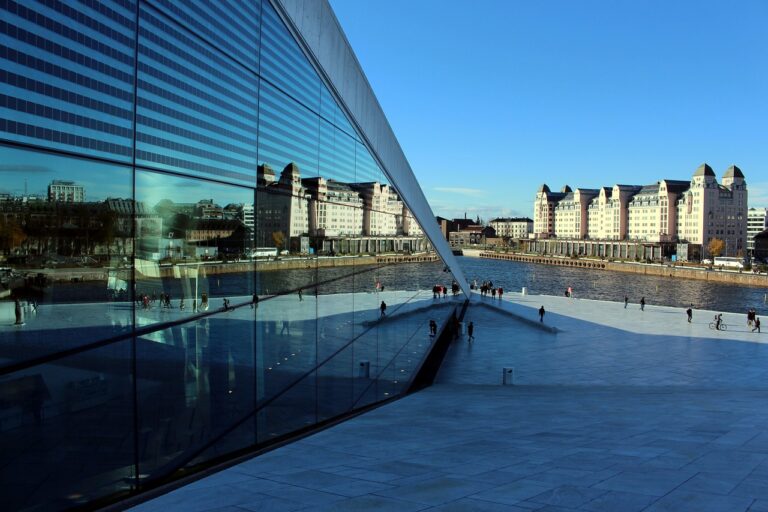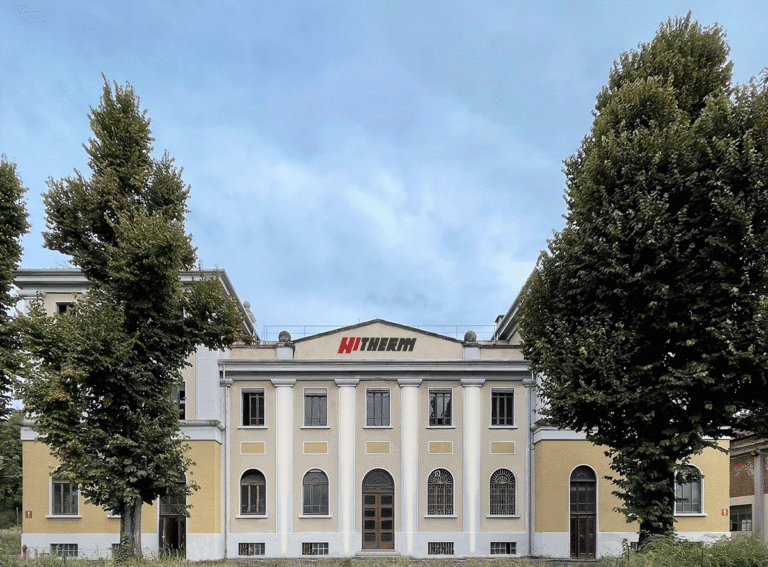In less than a year the Norwegian capital will say goodbye to all combustion public transport to switch to totally carbon-free public mobility.
Oslo is about to become the first capital in the world to have a totally carbon-neutral public transport system. In fact, by 2023, the Norwegian capital is preparing to say goodbye to all vehicles with combustion engines. This is the first step in a much more ambitious goal: to become the world’s first zero-emission city by 2030.
Table of Contents
Oslo first carbon-neutral capital in 2023: full electric public mobility
The road to becoming the greenest city on the planet must necessarily pass through a total restructuring of city mobility.
But the switch to electric vehicles, according to Sirin Stav, deputy mayor of Oslo and responsible for the environment and transport, is not only necessary to combat global warming. It is also cost-effective. “Both the purchase and maintenance of electric vehicles costs less than that of diesel vehicles. So by switching to a totally electric system we are actually saving public money”, explained the deputy mayor.
Oslo first carbon-free city: the measures of the Norwegian capital
Zero cars in the center by 2019: with this sensational announcement, about 3 years ago, the administration of the Norwegian capital launched a complex program aimed at discouraging the use of private cars.
First of all, it has eliminated about 700 parking lots, leaving only those for the disabled and some charging stations for electric cars. At the same time it introduced a system of tolls, which become saltier for more polluting vehicles.
Almost the entire city center is now closed to traffic. The areas that until recently were colonized by cars have become public gardens, cycle paths, squares. Spaces that adults and children can re-appropriate to fully experience their city. This is demonstrated by the fact that, albeit with some inevitable resistance, the reception was generally very positive.
A transition of this caliber, inevitably, is only possible with a widespread and efficient public transport system. The Oslo administration adds an extra element: the electric. In 2023 all buses, taxis and even ferries, which today represent 10% of the territory’s emissions, will be electric.
Full electric and efficient public transport and capillary bike lanes
In the center, which has a rather limited extension, 90% of the population lives at most 300 meters away from a public transport stop. It follows that walking, cycling or boarding a bus are already comfortable and functional solutions.
Then there are car sharing networks and the 205 kilometers of cycle paths. The only cars that are welcome are electric and plug-in hybrids. Around 35,000 are in circulation in Oslo alone. Of the new cars sold in 2015-2016, 3 out of 10 were already electric.
Oslo is setting an example for the green cities of the future
A holistic and courageous approach that earned it the title of Green Capital of Europe 2019. It also includes the recovery of abandoned spaces, transformed into urban farms where anyone can spend a couple of hours raking or pulling weeds. Or the highway for bees, a network of flower gardens and wooden structures where insects can find food and shelter, in the heart of the city.
As a policy of adaptation to climate change, which in the area occurs mainly in the form of torrential rains and floods, in the last decade 8 rivers have been reopened (for a total of 2.8 kilometers), which had previously been silted up to make space for concrete. And work is being done on another 8, which extend over almost 3 kilometers.
If the symbol of green transition were to be found in the development of cities adapting and fighting climate change, Oslo is surely a great example. We are talking about huge investments, public and private, but they arise from an awareness: this is the future.












